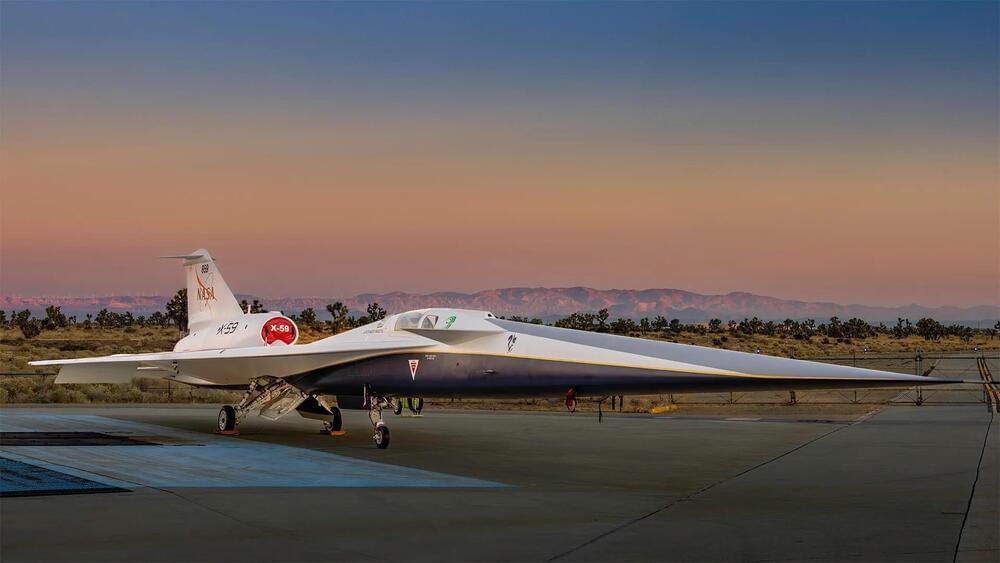While NASA has long been known for its space-related initiatives, the space agency also has a rich history of aeronautics research and development with high-speed aircraft. This makes today’s unveiling of the experimental X-59 quiet supersonic aircraft, a joint venture between NASA and defense contractor, Lockheed Martin, much more exciting. With the X-59, NASA hopes to collect data with the goal of revolutionizing commercial air travel, as the most well-known supersonic passenger aircraft was the Concorde, which retired in 2003.
“This is a major accomplishment made possible only through the hard work and ingenuity from NASA and the entire X-59 team,” said NASA Deputy Administrator Pam Melroy. “In just a few short years we’ve gone from an ambitious concept to reality. NASA’s X-59 will help change the way we travel, bringing us closer together in much less time.”
The X-59 aircraft is the centerpiece of NASA’s Quesst mission and stands for “Quiet Supersonic Technology”. The goal of Quesst is to develop supersonic aircraft that don’t produce the familiar sonic booms that supersonic aircraft are known to make when they break the sound barrier, which has been known to result in broken windows and significant noise pollution for civilian populations.
